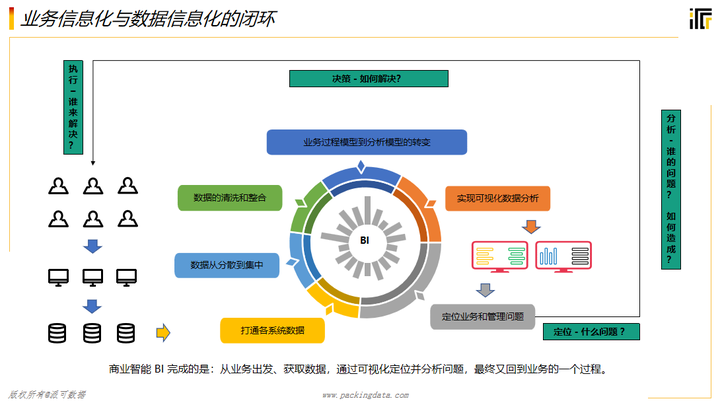There is a close relationship between big data and data elements. Big data refers to massive, diverse, and high-speed generated data, while data elements refer to the basic elements or attributes that constitute data. Data elements include but are not limited to data type, structure, format, unit, precision, etc.
The generation and application of big data are inseparable from the support of data elements. Data elements determine the basic characteristics and specifications of data and provide the basis for data collection, storage, processing and analysis. At the same time, data elements also determine the reliability, integrity and availability of data.

When dealing with big data, a full understanding and rational use of data elements is crucial. Properly defining data elements can help explain and understand data and improve data quality and value. At the same time, rational use of data elements can process and analyze big data, mine useful information and insights, and support decision-making and innovation.
Big data and data elements are interdependent. Data elements are the basis for big data processing and application, while big data provides broader space and opportunities for the discovery and application of data elements.
The relationship between big data and data elements can also be understood from the following aspects:
Data acquisition: Big data is generated from data collection in various fields and channels. Data elements determine the data dimensions and attributes that need to be paid attention to during the collection process, including the source of data, collection frequency, collection method, etc. The definition and processing of data elements are critical to the accuracy and completeness of data acquisition.

Data storage: Big data requires efficient storage capabilities and mechanisms. Data elements have an impact on the way and structure of data storage, such as storage media, data formats, database design, etc. Reasonable definition of data elements can improve the efficiency, scalability and manageability of data storage.
Data processing: Big data requires effective processing and analysis to extract valuable information and patterns from it. Data elements such as data type, structure, unit, etc. determine data processing methods and technologies, such as data cleaning, aggregation, conversion, modeling, etc. A sound understanding of data elements can aid in the selection of appropriate data processing tools and algorithms.

Data application: The application of big data involves multiple fields and scenarios, such as business intelligence, artificial intelligence, financial risk control, etc. The understanding and definition of data elements can guide the application and analysis of data and help discover potential correlations and trends. At the same time, application requirements can in turn affect the definition and selection of data elements.
To sum up, the data element is the basis of big data processing and application, which determines the acquisition, storage, processing and application of data. Reasonable definition and application of data elements can improve the quality and value of data, and support decision-making and innovation. Big data provides a broader space and opportunity for the discovery and application of data elements, and promotes data-driven development and innovation.
In addition, the relationship between big data and data elements is also reflected in the following aspects:
Data quality: The definition and application of data elements are directly related to the quality of the data. Reasonable data elements can help identify and correct data errors, missing and inconsistencies, and improve data accuracy and consistency. At the same time, the specification of data elements can also promote the assessment and monitoring of data quality.

Data analysis: Data elements are the basis for data analysis. When working in data mining, statistical analysis, machine learning and other fields, relevant data elements must be considered and understood. The elements of the data determine the points to focus on when selecting appropriate analytical methods, algorithms, and models, and when interpreting and interpreting the analytical results.

Data sharing and integration: The era of big data emphasizes the importance of data sharing and integration. The consistency and standardization of data elements can promote data sharing and exchange among different data sources, and speed up the process of data integration and integration. By sharing and integrating data, the value and utilization efficiency of data can be enhanced.
Privacy and Security: When dealing with big data, protecting the privacy of the data and ensuring the security of the data is of paramount importance. The definition and management of data elements involves the protection of data privacy and the formulation of security measures. The risk of data leakage and misuse can be reduced through reasonable data element definitions and security policies.

Big data is a huge and complex collection of data, and data elements are the basic elements and attributes that make up big data. There is a close relationship between them. The definition and application of data elements directly affect the acquisition, storage, processing and application of big data. At the same time, big data also provides broader opportunities and challenges for the discovery and application of data elements.